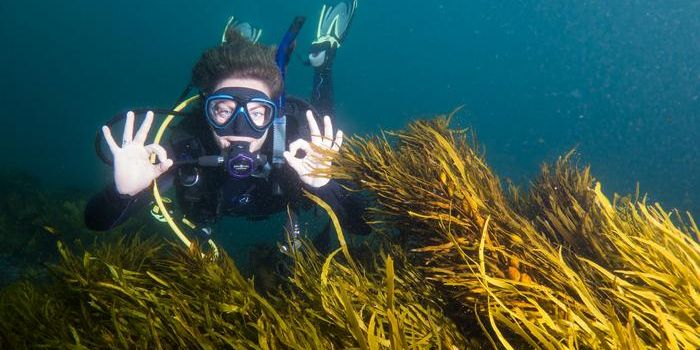Today in Science History: Most Complete Skeletal Remains of Neanderthal Still Tell a Story Today
114 years ago, the first and only nearly complete Neanderthal (Homo neanderthalensis) skeleton was found in a cave in France by two brothers, Amadee and Jean Bouyssonie. Today, new research from this well-known find has left scientists wondering; are humans the only species to practice intentional burials?
In 1908 a set of bones was discovered in a cave system known as the bouffia Bonneval in La Chapelle-aux-Saints, in southwestern France. The remains are about 60,000 years old, and their condition, preservation, and the condition of the pit they were found in suggest that the burial may have been intentional. Inconsistencies and concerns regarding excavation methods used in the original discovery have contributed to reservations regarding the burial hypothesis.
In addition to being one of the most complete Neanderthal skeletal sets, the burial context indicates a complex form of thought to include special treatment and care for the old and dead. The use of pigments, decorative feathers, and even the use of shells have all been used towards the argument of cognitive behaviors like modern ones today. The shape of the skull -the heavy brow ridge, protruding midface, and receding forehead- are characteristic of the Neanderthal skeletal structure.
Other features of the skull post-cranial skeleton helped provide information about the age and health of this individual. This Neanderthal was estimated to be middle-aged at about 40 years through dental analysis. While he lost several teeth before he died due to a dental abscess, there has been a disagreement in the archaeological community as to whether this condition necessitated community care or support.
When he was initially found, the reconstruction of his appearance showed a hunched-over 'classic' neanderthal that became a stereotype. However, a more recent re-analysis of the bones has shown that, rather than be the 'norm' for neanderthal posture, this individual suffered from severe spinal osteoarthritis, which caused a curve in his spine.
Recent excavations have been conducted to better understand prehistoric occupation within the small cave-like rock shelter at the site. Among the Neanderthal skeletal remains found at the site, the brothers also found predominately faunal (animal) remains of reindeer, then bovine, and eventually wolf, fox, and even badger. The Neanderthal fossils had fewer cracks.
In fact, one of the key indicators the site was a little more involved was the preservation differences between the Neanderthal fossils and the reindeer and bovine remains. More weathering was present on the faunal remains and combined with the lithics found at the site.
From 1999-2012 scientists returned to La Chapelle-aux-Saints to complete excavations. While there, they found the remains of an additional adult Neanderthal and two Neanderthal children.
Even with further excavation, scientists still don’t have an explanation as to why no tool marks within the pit structure were found while excavating the pit at the site where fossils were found. Nor an explanation of the formation of the pit itself. The pit and what some scientists are considering its opportunistic use in this instance for funerary purposes has led to several hypotheses for rapid burial.
Data and analysis from the original excavation set the fossils clearly apart from the faunal remains. The continued discoveries at the site have only furthered the debate on symbolic Neanderthal burial behavior.
Sources: Live Science, PNAS, Smithsonian, NCBI, PubMed








